If your existing Windows 10 PC is running Windows 10 20H1 or later and meets the minimum hardware specificationsit will be able to upgrade to Windows 11. The upgrade rollout plan is still being finalized, but for most devices already in use today, we expect it to be ready sometime in early 2022. Not all Windows 10 PCs that are eligible to upgrade will be offered to upgrade at the same time. To see if your PC is eligible to upgrade, refer to our knowledge base for a list of tested systems. Once the upgrade rollout has started, you can check if it is ready for your device by going to Settings/Windows Updates. Similar to how end users are notified when updates are available in Windows 10, end users will see an indication in the notification areas of the taskbar in the bottom right, that the upgrade is available.
More information on how that is presented will be available at a later date. Additional desktop notification options may be also be added at a later date. If your existing Windows 10 PC is running Windows 10 20H1 or later and meets the minimum hardware specifications it will be able to upgrade to Windows 11.
To see if your PC is eligible to upgrade, refer to the specifications here. Original equipment manufacturers can still ship computers without a TPM 2.0 coprocessor upon Microsoft's approval. Some third-party software may refuse to run on unsupported configurations of Windows 11. He also acknowledged the expansion of Microsoft Store to include more "traditional" desktop applications. If you have a device running Windows 7, you can upgrade it to Windows 11 without losing your files using the ISO file, but the process will require a complete reinstallation.
This means that your apps and settings won't carry over to the new installation. However, before you upgrade to Windows 11 from Windows 7, you will have to check that the laptop or desktop meets the minimum system requirements. For instance, the computer must include a motherboard with UEFI firmware, and the processor must be an Intel's 8th Gen or newer or an AMD Zen 2 or newer.
Also, the computer needs TPM 2.0, Secure Boot, at least 64GB of storage, and 4GB of RAM. The official, release version of Windows 11 is now available as a free upgrade to anyone who has Windows 10 and a PC that meets Microsoft's minimum hardware requirements. However, the Redmond software giant isn't pushing the upgrade to every eligible system at once. Some users will be offered the option to upgrade in their Settings menu on or around the October 5th official launch date while others may be waiting until 2022. KMak, every time Apple releases a new version of a device, they update the hardware requirements for its OS, and they make older versions obsolete after a few years .
Internet Explorer has been replaced by the Chromium-based Microsoft Edge as the default web browser, and Microsoft Teams is integrated into the Windows shell. Microsoft also announced plans to allow more flexibility in software that can be distributed via Microsoft Store, and to support Android apps on Windows 11 . As part of the minimum system requirements, Windows 11 only runs on devices with a Trusted Platform Module 2.0 security coprocessor. According to Microsoft, the TPM 2.0 coprocessor is a "critical building block" for protection against firmware and hardware attacks. In addition, Microsoft now requires devices with Windows 11 to include virtualization-based security , hypervisor-protected code integrity , and Secure Boot built-in and enabled by default. The operating system also features hardware-enforced stack protection for supported Intel and AMD processors for protection against zero-day exploits.
Citing security considerations, the system requirements for Windows 11 were increased over Windows 10. While the OS can be installed on unsupported processors, Microsoft does not guarantee the availability of updates. Windows 11 removed support for 32-bit x86 CPUs and devices which use BIOS firmware.
If your Windows 7 or Windows 8 license is not activated and you are not interested in purchasing a license, then your options are limited. Microsoft offers a 90 day trial of its Windows 10 Enterprise edition. Windows 10 Enterprise is normally distributed under Microsoft's volume license program for large organizations that deploy Windows 10 in bulk. It's a full-featured edition of the operating system but in this case, it's really an evaluation version of the software. Users must register before they can download and install the software. This option is perfect for those users who are running Windows Vista or never had a genuine license, to begin with.
Windows 11 has higher technical requirements than Windows 10, is possible to install Windows 11 on devices that don't meet the minimum requirements. Upgrading unsupported hardware to Windows 11 will require you to install the update manually using an ISO. There is a different set of minimum minimum requirements your PC will have to meet including 4GB of RAM, 64GB of storage space, and two-core 64-bit 1 GHz processor. While it's technically true that Microsoft "requirements" didn't stop me from installing Windows 11 on an unsupported 2019 iMac, their system detection software did slow me down quite a bit.
It's not mean to replace business intensive work. People that I know still install windows emulator in their Apple laptop to do serious work. This issue may cause some Windows users to consider switching to Apple but for big corporations with thousands of pc running windows, a realistic choice is still to upgrade to a newer windows laptops. Apple products are simply to expensive to implement. The main issue with the approach is that Microsoft does not support this officially. Microsoft continues to test new features and improvements after Windows 11 was released.
It only tests the latest version of Windows with members who participate in the Windows Insider Program in the Dev, Beta and Release Preview channels. You can use the PC Health Check app to determine if your device is eligible to upgrade to New Windows. Many PCs that are less than four years old will be able to upgrade to New Windows.
They must be running the most current version of Windows 10 and meet the minimum hardware requirements. The above distros are available from Canonical and come in both free or paid for versions. The paid version is about 50 quid and offers more features and more support. All come with a suite of software for office and internet use. The default browser is Firefox but you can also have Chromium or other browsers.
If you installed Linux alongside Windows, no problem, except that you will have lost some of your hard disk space to Linux. But if you want to delete Linux, you can restore your HD, using something like Partition Magic. The main issue that Windows 10 users will run into in October 2025 is that Microsoft won't create security updates for the operating system anymore. Windows 10 devices will continue to work like before, but there will be security issues that Microsoft won't fix after the last Patch Day on October 14, 2025.
Other companies, including 0Patch, may step in and produce some security updates for Windows 10, but the company won't release patches for all issues and some may not be released for free. For both types of upgrades, head to Microsoft's Windows 11 download page. To perform an in-place upgrade, use the Windows 11 Installation Assistant. For a clean install, you must create a bootable USB drive or DVD disc.
Windows users should first try the Media Creation Tool for this process, since it does all the work for you. Mac and Linux users will have to flash or burn the ISO file for Windows 11 to a drive or disc, respectively. You can check out our guide on how to upgrade to Windows 11 for more details on each of these methods.
At least 16 GB of RAM The basic system requirements of Windows 11 differ significantly from Windows 10. Windows 11 only supports 64-bit systems such as those using an x86-64 or ARM64 processor; IA-32 processors are no longer supported. Thus, Windows 11 is the first consumer version of Windows not to support 32-bit processors . The minimum RAM and storage requirements were also increased; Windows 11 now requires at least 4GB of RAM and 64GB of storage. S mode is only supported for the Home edition of Windows 11. The compatibility list includes the Intel Core i7-7820HQ, a seventh-generation processor used by the Surface Studio 2, although only on devices that shipped with DCH-based drivers.
Microsoft may adopt a similar approach for Windows 11, providing a seamless upgrade for all existing Windows 10 devices. A free upgrade to Windows 11 will be directly accessible through Windows Update as a typical installation. However, just like you can stop Windows 10 updates, users will have the option to defer a Windows 11 upgrade if preferred. Windows 11 will be provided as a free update to all eligible devices that are currently running Windows 10. Eligibility for automatic upgrade is based on certain minimum hardware requirements. There are many users who, after the release of Windows 11, went ahead and checked whether their PC is eligible to be upgraded with Windows 11.
Sadly, they found out that their PC does not meet the minimum requirements to install Windows 11. In this case, the question arises what options are left then? To put it simply, the best option here is to buy a new PC before the deadline, i.e. 2025. Many games that use Anti-cheat tools also have started relying on Windows 11 security features to provide fair gameplay.
While these games still work on Windows 10, it is only a matter of time before Windows 11 ends up becoming a requirement. This PC doesn't meet the minimum system requirements for running Windows 11 - these requirements help ensure a more reliable and higher quality experience. Installing Windows 11 on this PC is not recommended and may result in compatibility issues.
If you proceed with installing Windows 11, your PC will no longer be supported and won't be entitled to receive updates. Damages to your PC due to lack of compatibility aren't covered under the manufacturer warranty. Most Windows 10 devices that do not meet the minimum system requirements will stay on that version of Windows, but what happens when Windows 10 runs out of support in 2025? Microsoft lists October 14, 2025 as the retirement date for Windows 10 Home and Pro .
Some users will certainly replace their devices with new ones, which will likely include Windows 11 or are at least compatible with the new operating system. Most Windows 10 PCs currently being sold will be able to upgrade to New Windows. For the PC to be able to upgrade to New Windows, it must meet the minimum hardware specifications and specific hardware is required for some features found here. The upgrade rollout plan is still being finalised but is scheduled to begin late in 2021 and continue into 2022.
You can refer to our knowledge base for a list of tested systems to determine if your device eligible to upgrade to Windows -11. Many PCs that are less than four years old will be able to upgrade to Windows 11. They must be running 20H1 or later version of Windows 10 and meet the minimum hardware requirements to receive the Windows 11 upgrade. Upgrades to Windows 11 will begin to roll out late in 2021 and continue into 2022. During this time, we will be doing some behind the scenes testing and validating for your specific PC.
Windows Update will provide an indication if and when your PC is eligible. You can check to see by going to Settings/Windows Update. In October 2019, Microsoft announced "Windows 10X", a future edition of Windows 10 designed exclusively for dual-touchscreen devices such as the then-upcoming Surface Neo. Legacy Windows applications would also be required to run in "containers" to ensure performance and power optimization. Microsoft stated that it planned to release Windows 10X devices by the end of 2020.
Older blog but I will take a chance and post my problem. One partition is windows 10 Home 64bit and the other is windows 10 pro 32 bit. When I had a hardware failure I replaced the mainboard with a board that was very close to the original in the sense of chipsets and CPU. Used my original Graphics card , FAXmodem , Hard drives, and memory. When I powered the system I went to the 64 bit partition first.
It activated using the "replace hardware recently" option. I have a second retail win 7pro disc package with valid key but when I enter it, It just keeps saying I can't have two different versions on the same machine basically. To be eligible to upgrade to Windows 11, you'll need to meet the minimum hardware requirements for Windows 11.
Upgrade From Windows 7 To Windows 11 Microsoft has confirmed you'll need at least a 64-bit CPU, 4GB of RAM, and 64GB of storage. Windows 11 will be delivered using the existing Windows Update app – as if it was a quarterly update to Windows 10. (Pocket-lint) - Windows 11 is now rolling out as a free upgrade for Windows 10 users. That means you should be able to download and use Windows 11 right now - as long as your PC meets the minimum system requirements. The quickest way to get the latest version of Windows from Microsoft is to download the operating system update over the air for free, or you can go the more expensive route and buy a new Windows PC or laptop. Microsoft said the launch will be "phased and measured," with new eligible devices getting the upgrade first and the rest getting offered the free upgrade sometime between October and mid-2022.
Microsoft is making sure that those who purchase a new laptop prior to Windows 11 being pre-installed by manufacturers will be able to update first. Microsoft is offering Windows 11 to newer PCs with Windows 10 installed. It will use data to figure out when other PCs will get the upgrade. This is similar to how Microsoft has determined which devices received Windows 10 features updates for the past few years.
And it's different than how Apple handles updates since Microsoft has to work with lots of partners that also sell Windows computers. When Microsoft released Windows 10 back in 2015, it offered the product as a free upgrade, for what was supposedly a limited time, to Windows 7 and 8 users. While many users made the switch, hardware constraints forced some to remain on the older Windows versions. Bob Pfeffer, on your computer that fails to update to Windows 11, run Windows Update repeatedly until the check tells you that you are up to date. Then run the PC Health Check app again just to be sure that your hardware is truly supported in Windows 11. After that, back up your files, if not to an external drive, sync with Microsoft OneDrive so your files reside somewhere other than on your system drive.
Finally, run Windows Update, check the optional updates, you should see the upgrade to Windows 11 there. If not, you can then safely upgrade to Windows 11, even if it wipes your drive because you already have everything backed up, either to an external drive, or to Microsoft OneDrive. The answer is just keep using Win10, until the hardware doesn't do what you need it to. The lack security updates won't matter to the average home user, as they can already jack up an install still being updated. There are people still trying to hang on to Macs that don't have or soon won't get valid root certificates for SSL sites. On the Microsoft side it's a bigger issue in the corporate space, but on Mac those computers become useless on the internet without completely switching the OS.
MS has at least demonstrated a willingness to issue a post eol patch when something particularly egregious is discovered. Both options are not ideal from the perspective of a user who wants as little interruptions as possible. The first option, the unsupported upgrade to Windows 11, brings most settings and installed programs to the Windows 11 system. Most programs continue to work and data is not lost. The Acer Swift 5 (SF514-55) ultrathin-and-light notebook marries an uber-stylish design with the latest performance technology.

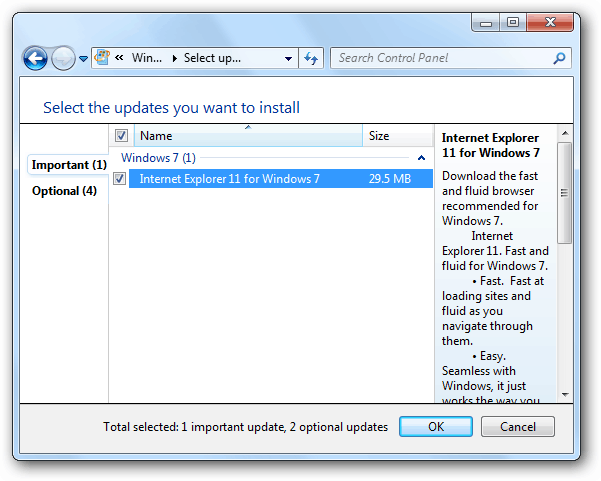




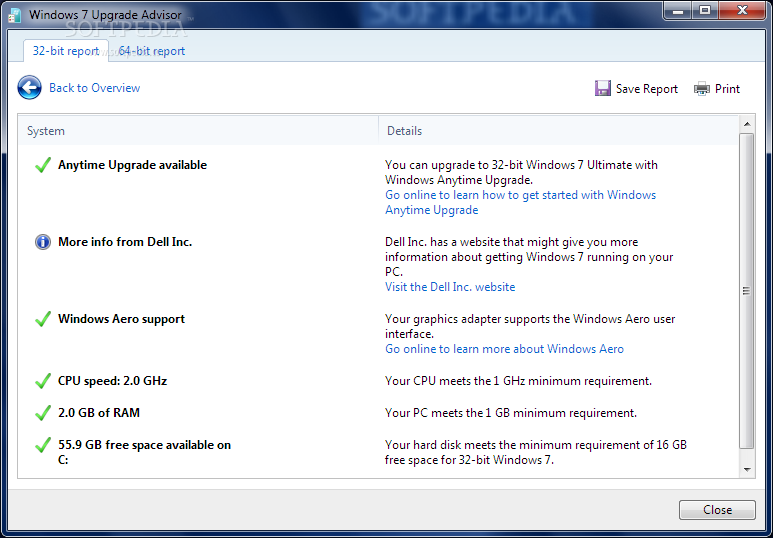






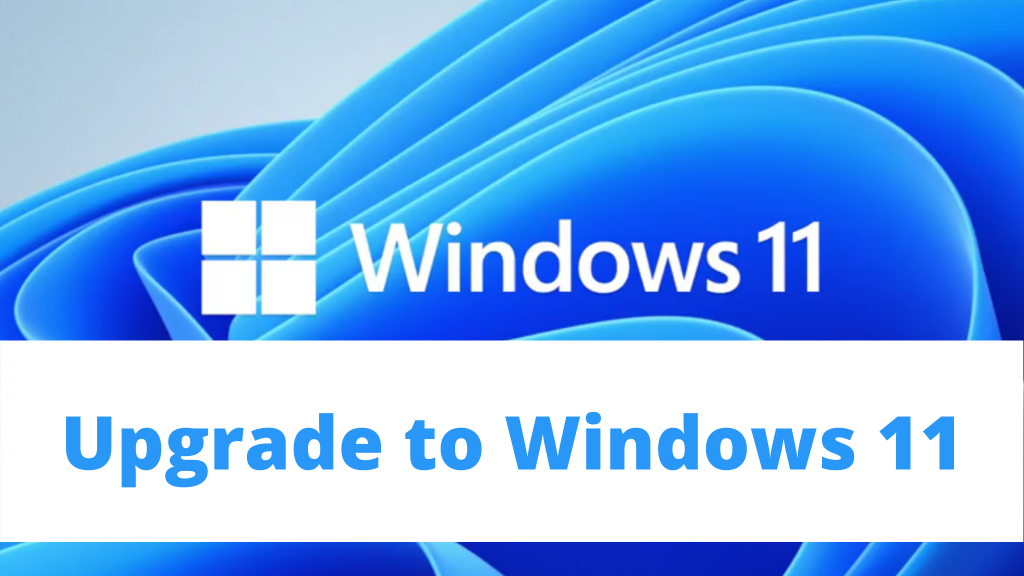

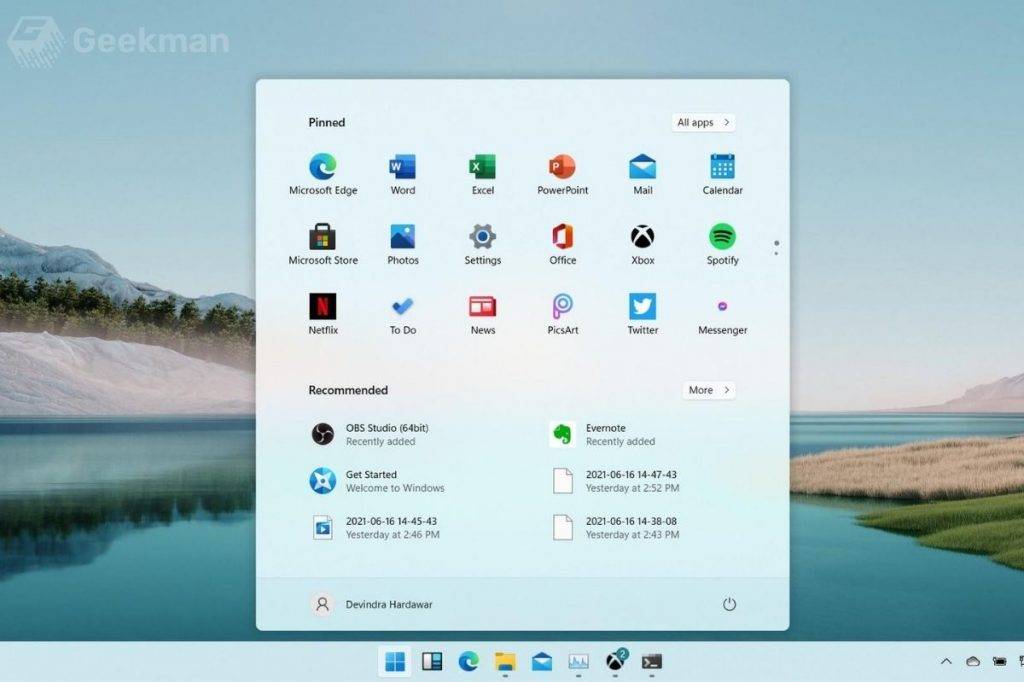



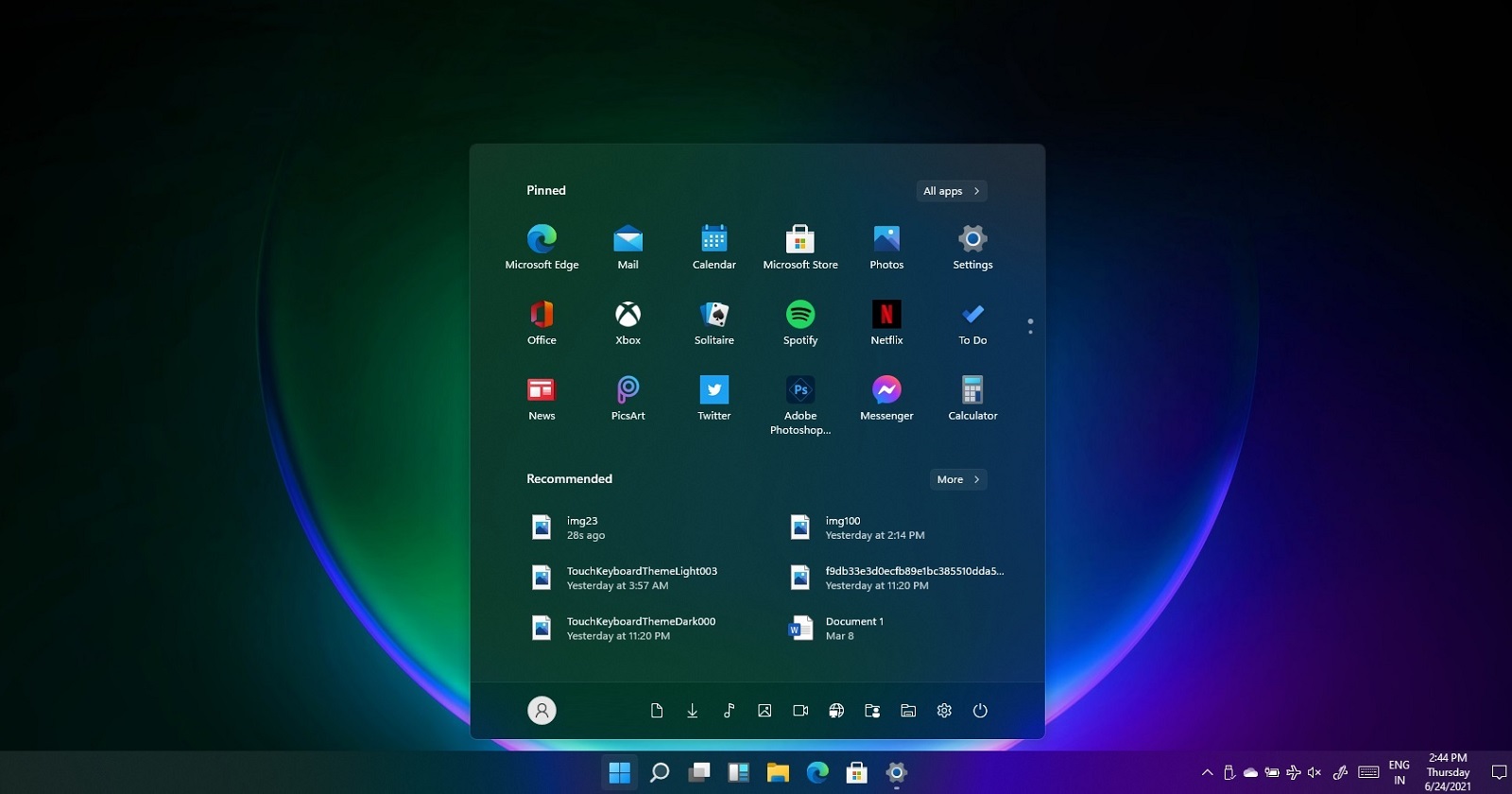
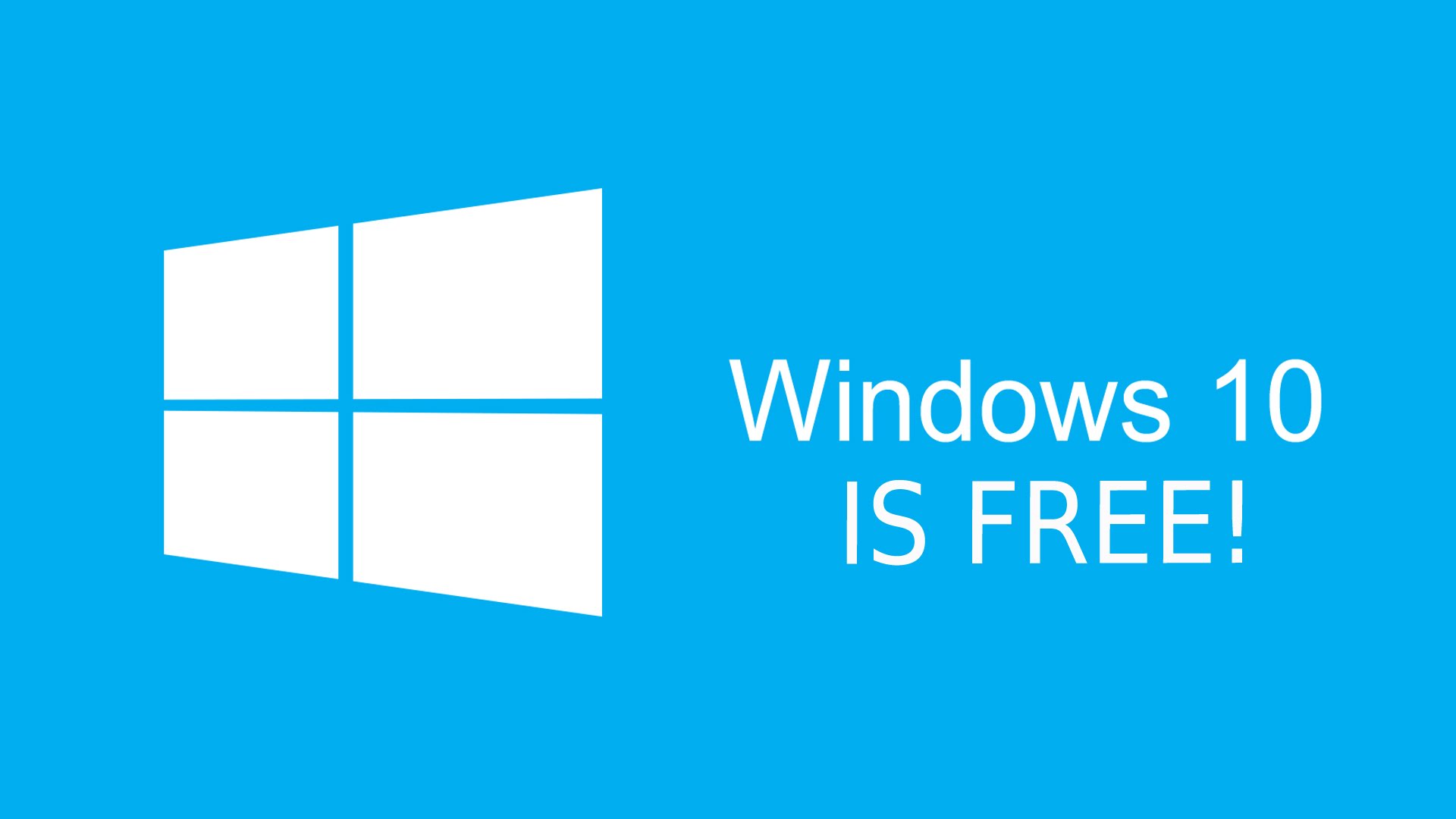








No comments:
Post a Comment
Note: Only a member of this blog may post a comment.